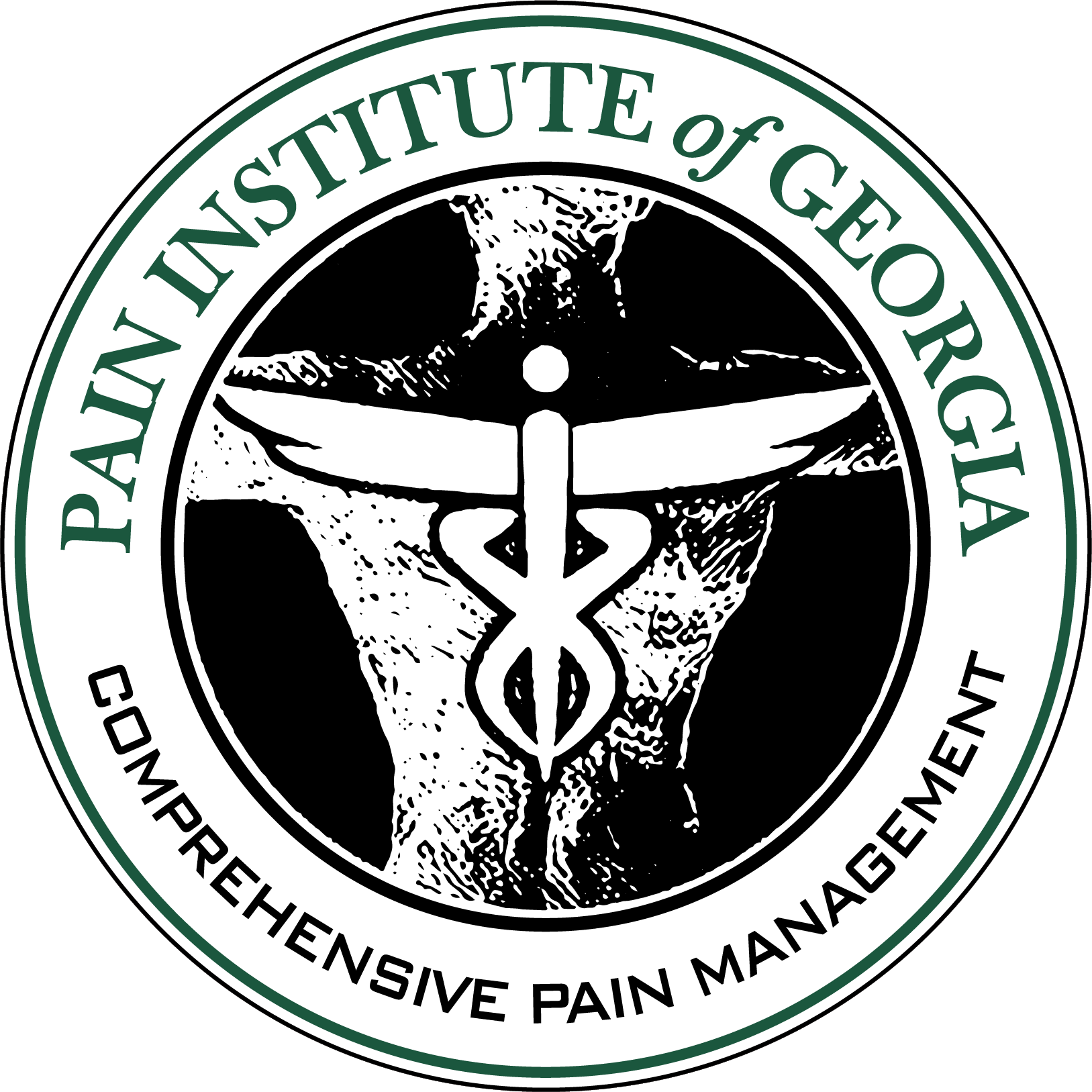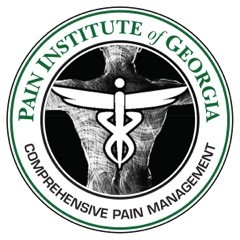
Treat Back Pain
Back pain is one of the most common reasons people visit the doctor. In fact, according to the National Institute of Neurological Disorders and Stroke, it is the second most common neurological problem in the United States, after headaches. There are a number of different causes of back pain, including herniated discs, degenerative disc disease, spinal stenosis, and muscular injuries. Treatment for back pain can vary depending on the underlying cause. However, there are some general tips that can help to ease back pain and injuries. If you are suffering from back pain, or have recently injured your back, read on for 10 ways to effectively treat your condition.
Why is treating back pain and injuries important?
9 Ways to Effectively Treat Back Pain and Injuries
- Maintain Proper Posture: Proper posture can help to alleviate back pain, as well as reduce the risk of future injuries. To ensure the best posture, make sure that your shoulders are relaxed, and have your back straight and chin tucked. Additionally, sit in chairs that provide adequate support for your back, such as those with a rounded back or adjustable lumbar support.
- Exercise: Low-impact exercise can help to strengthen the muscles of the back, improving flexibility and range of motion, which can reduce the pain related to back injuries and conditions. Additionally, building stronger muscles can help to provide more support to the spine, reducing the risk of future injuries
- Physical Therapy: Physical therapy can be an effective treatment for back conditions, providing stretching and strengthening exercises that can help to improve range of motion. Furthermore, physical therapists are able to diagnose the cause of the pain and prescribe more specific exercises to target problem areas.
- Heat/Cold Therapy: Heat or cold therapy can be helpful in reducing inflammation and accompanying pain. This can be done at home with a heating pad or cold packs, however for deeper treatment it may be necessary to consult a doctor at Pain Institute of Georgia, who may be able to administer a more specialized form of treatment.
- Massage: Massage can be a great way to reduce pain and discomfort related to back pain, as it helps to relax the muscles and provide relief from stress. However, it is important to ensure that the massage is gentle, as over-aggressively rubbing the affected area can lead to further inflammation.
- Medication: Depending on the severity of the pain, medications such as over the counter painkillers or more specialized prescription drugs may be necessary. Non-steroidal-anti-inflammatory drugs (NSAIDs) can help to reduce inflammation, while stronger medications may be needed for more long-term pain relief. Your doctor at Pain Institute of Georgia will discuss medication options and which would be best for you.
- Supplements: There are a number of supplements, such as omega-3 fatty acids and Vitamin B12, that can help to reduce inflammation, as well as improve joint health, which can help to reduce the pain associated with back pain and injuries. However, it is important to discuss the use of supplements with your doctor at Pain Institute of Georgia, as some may interfere with other medications or medical conditions.
- Topical Creams or Ointments: There are a variety of creams and ointments that can be applied directly to the skin to reduce pain and inflammation associated with back pain and injuries. Common examples include analgesic creams, such as ibuprofen, and capsaicin, a natural compound found in peppers.
-
In more severe cases, surgery may be necessary to repair damage to the spine or other structures. Surgery can involve fusing vertebrae together, removing bone spurs, or removing herniated disks. Your doctor will advise you on any surgical procedure.

